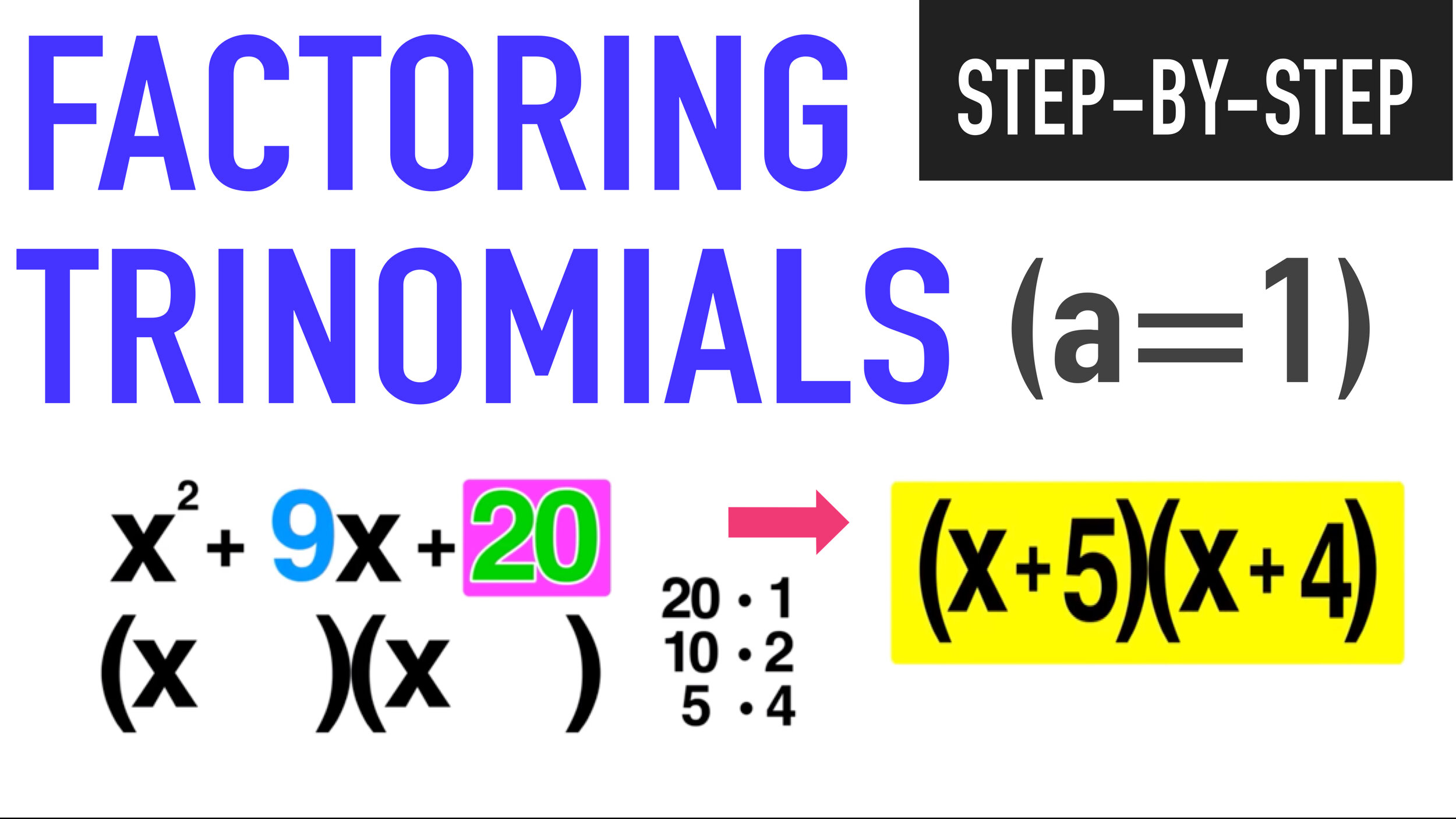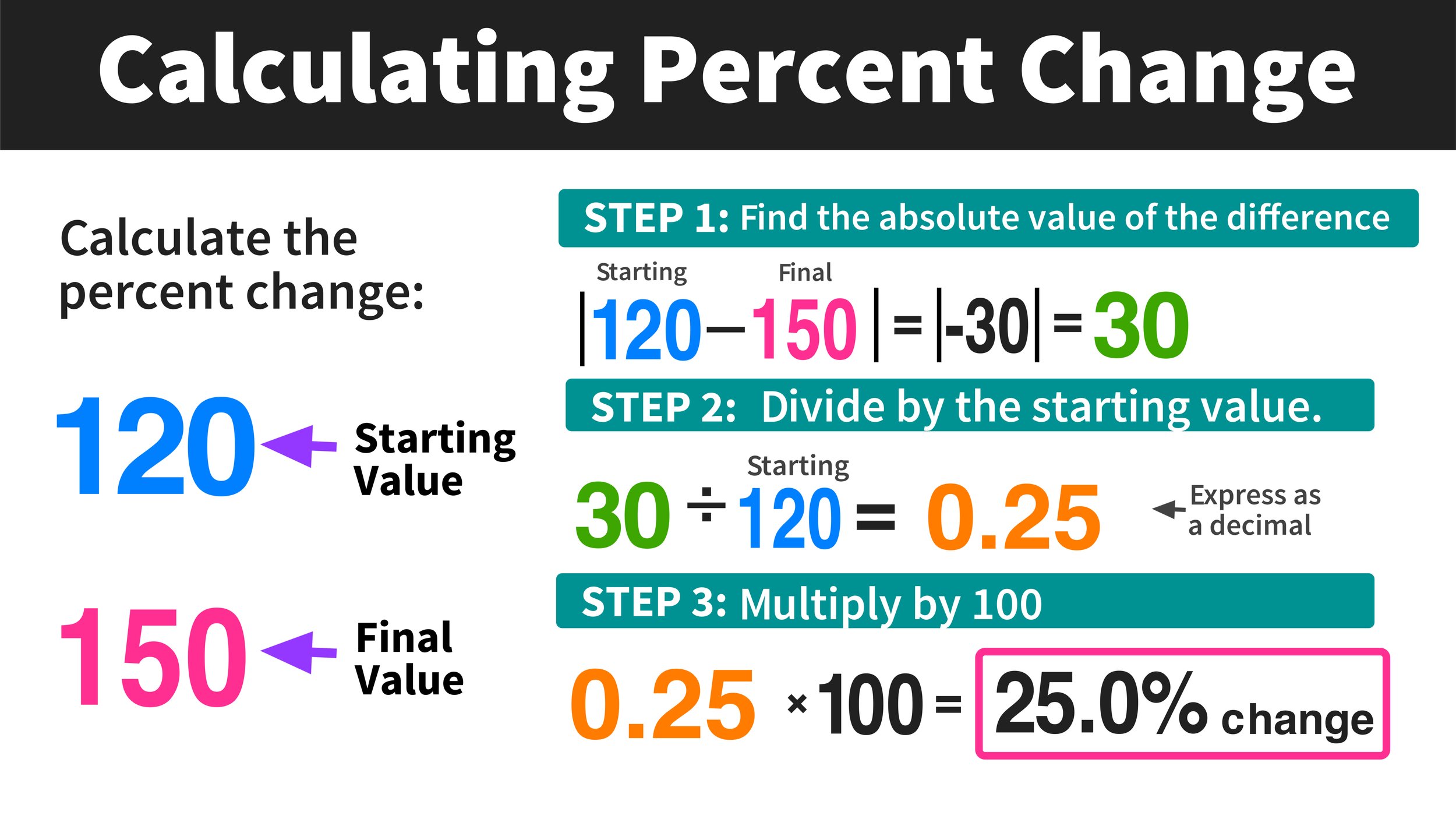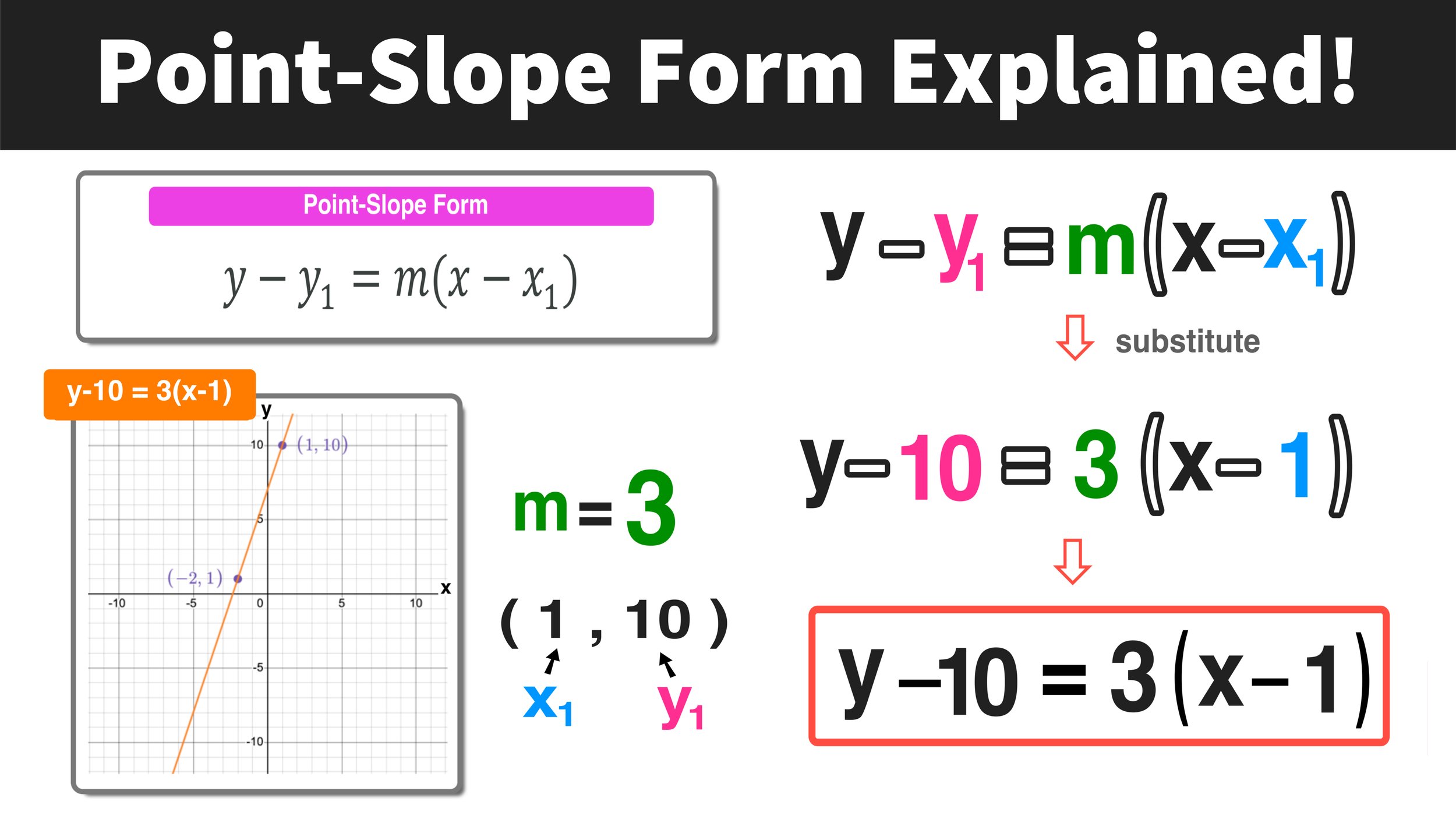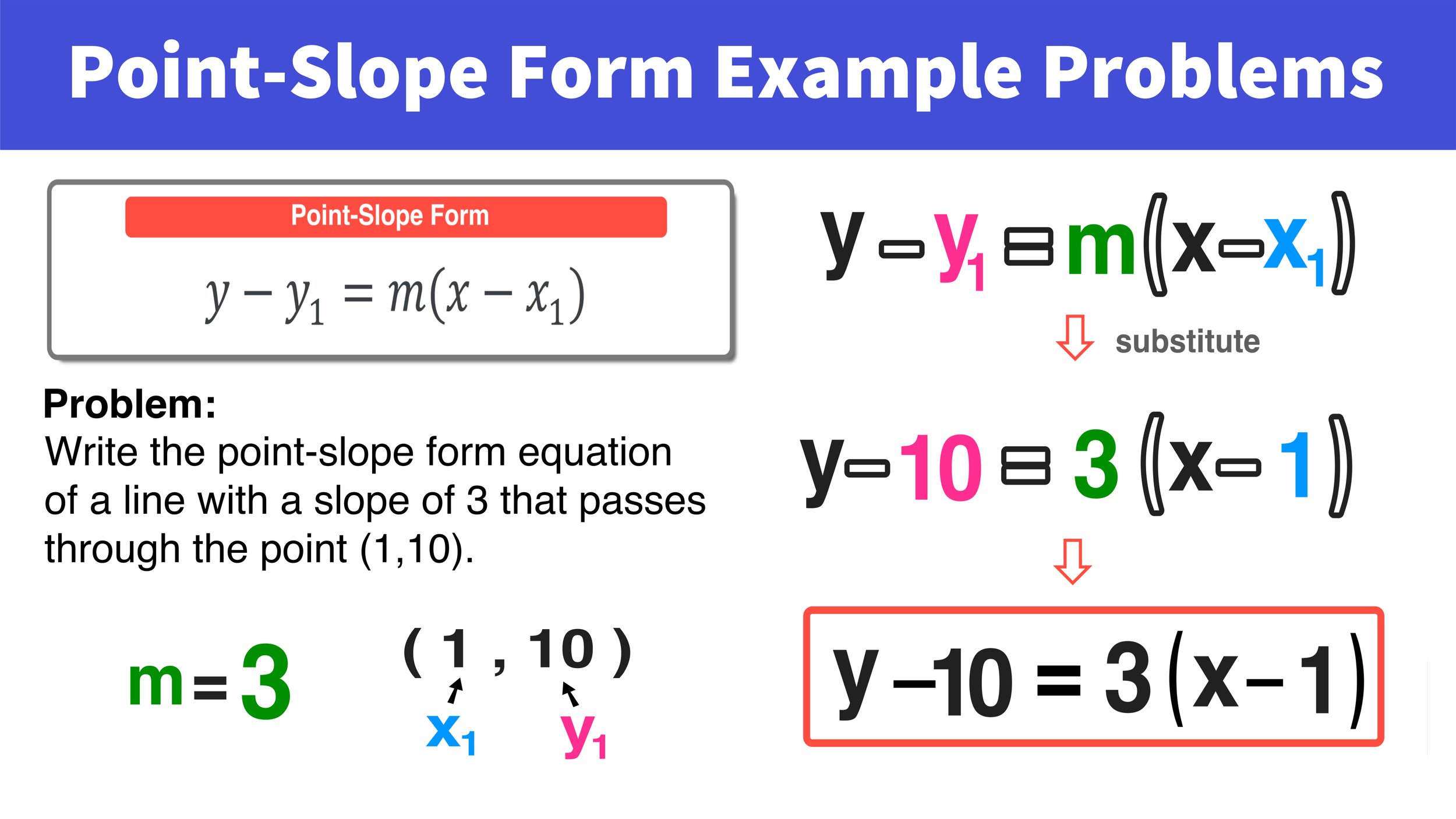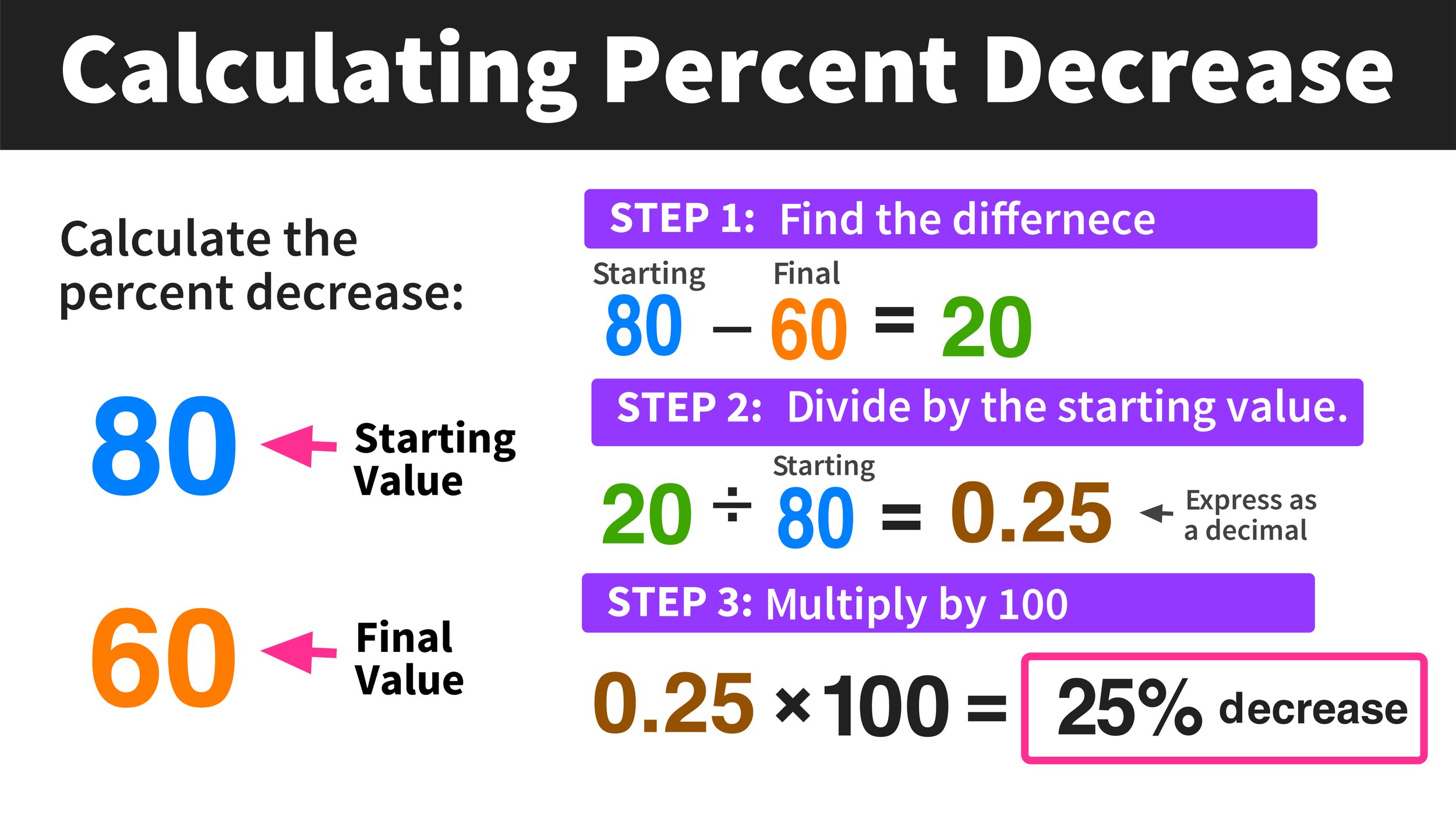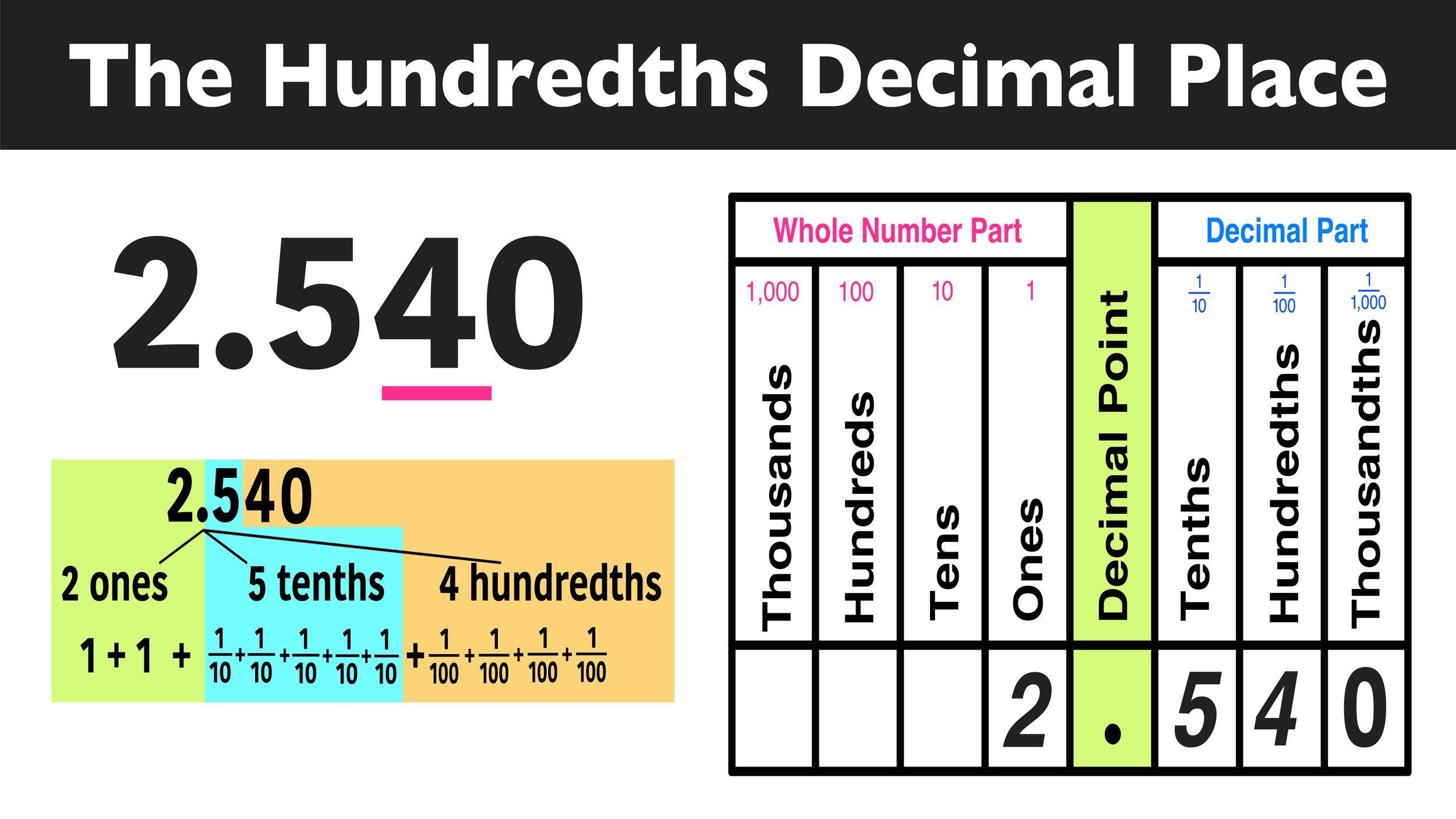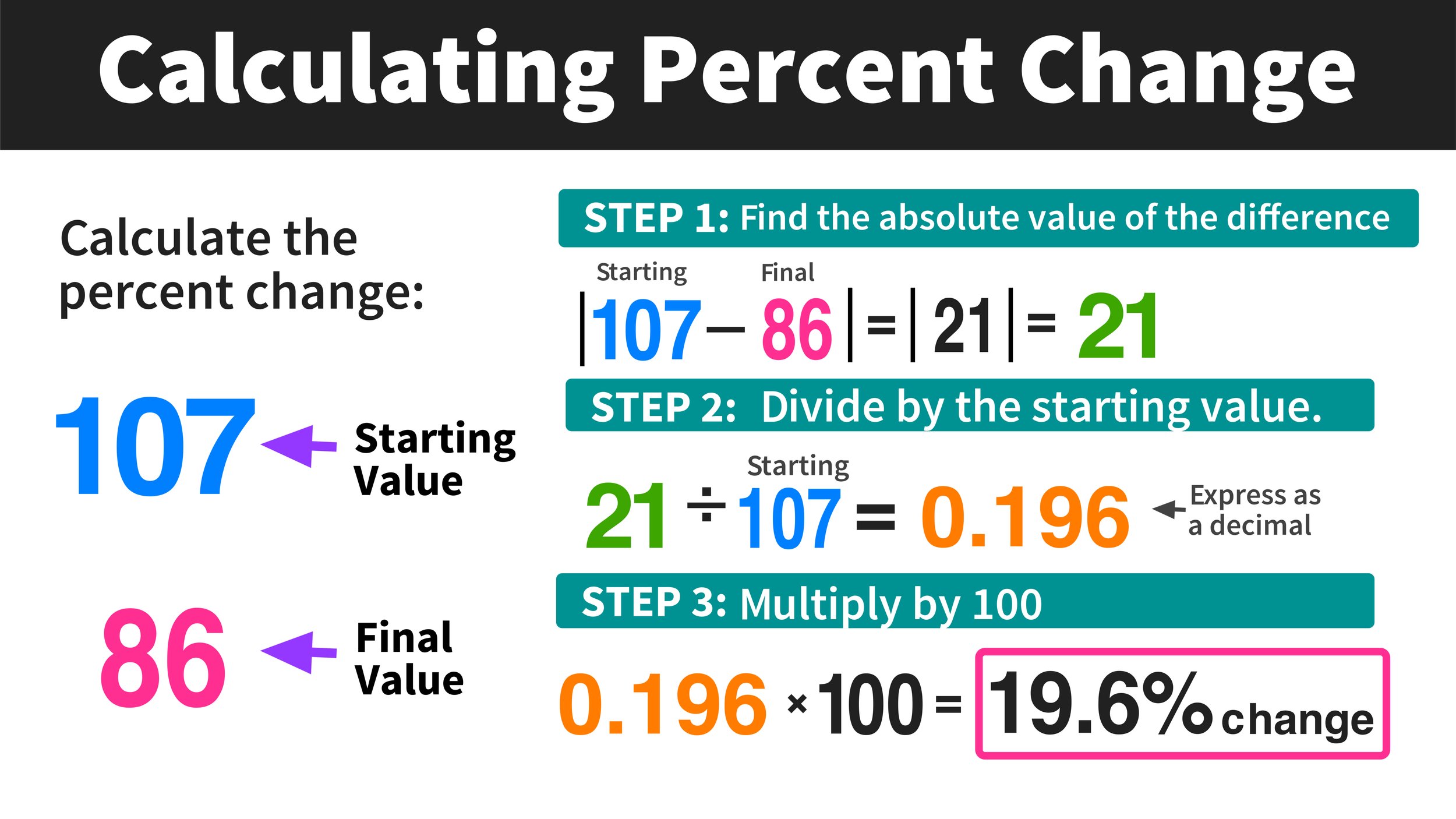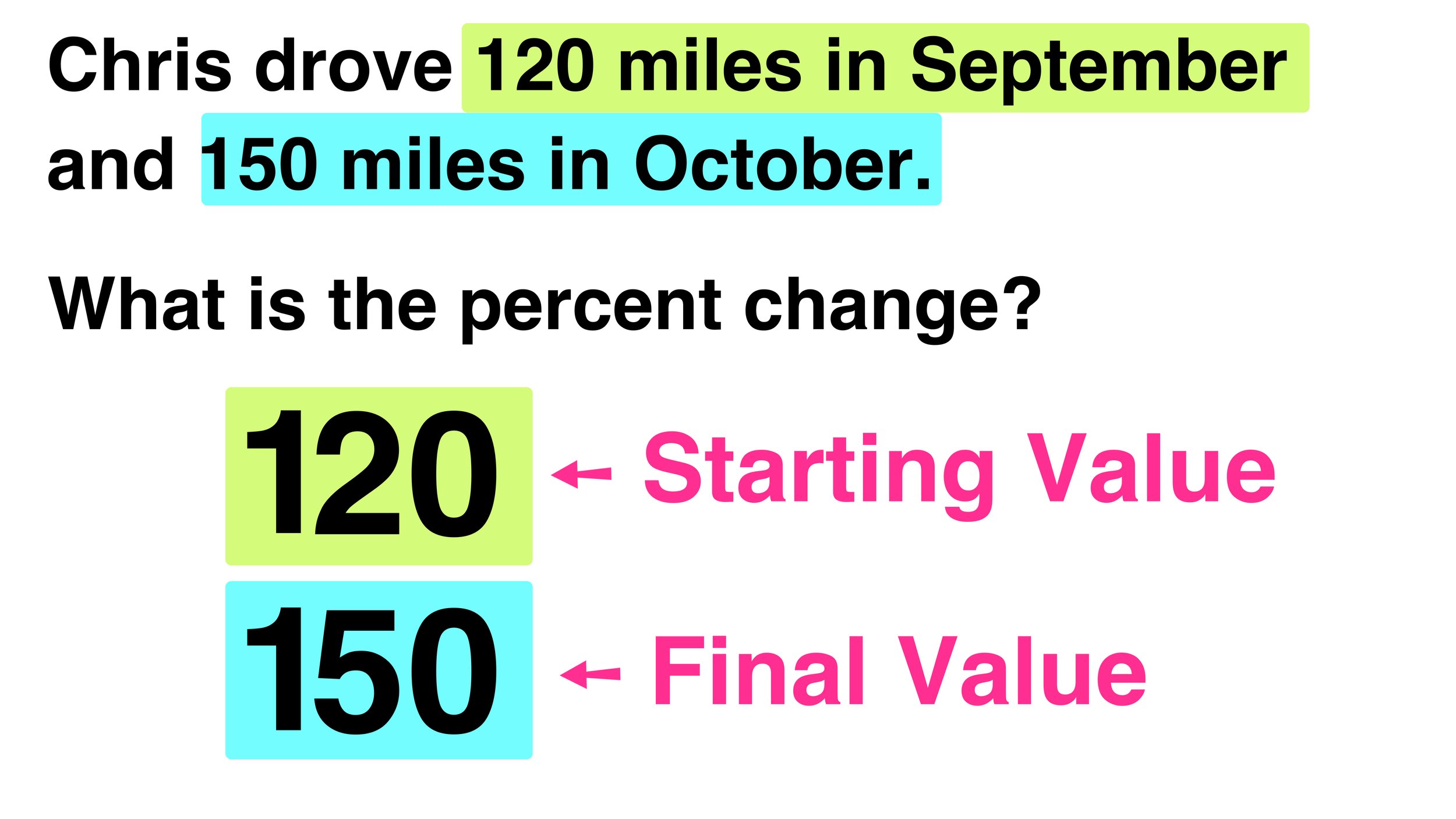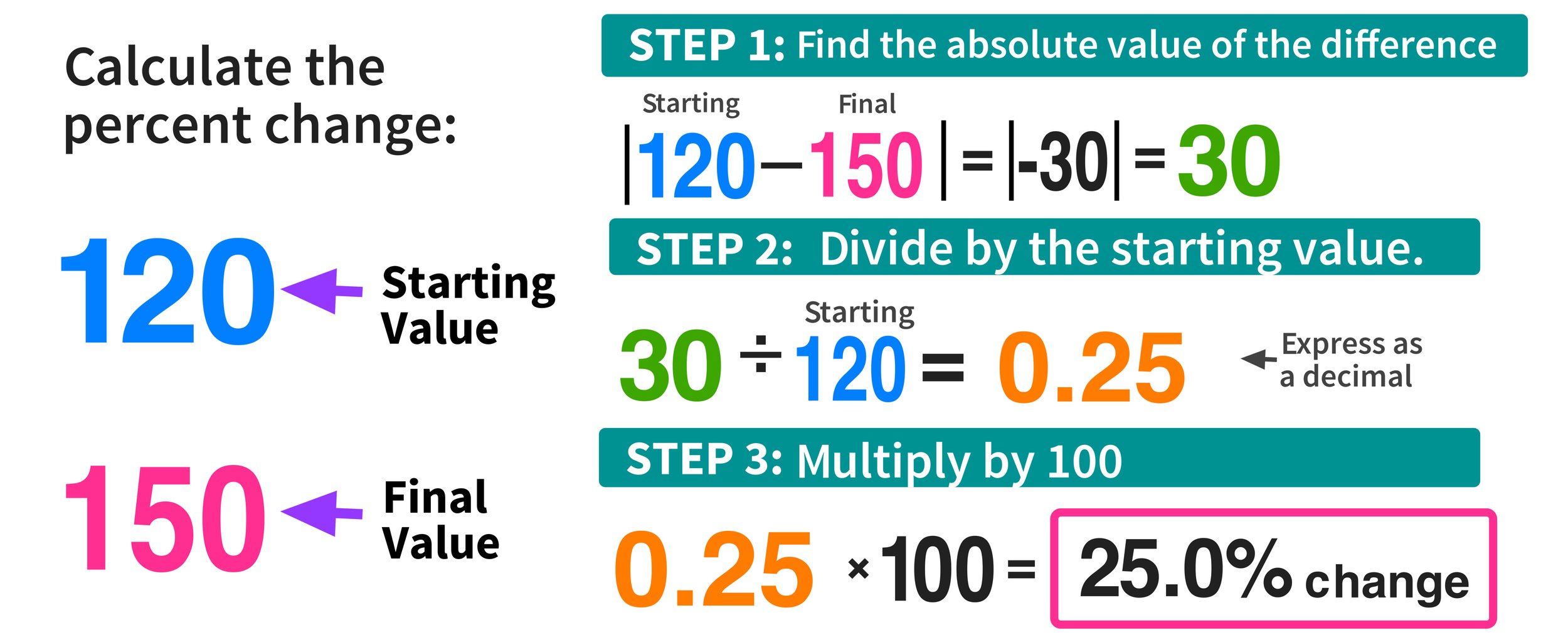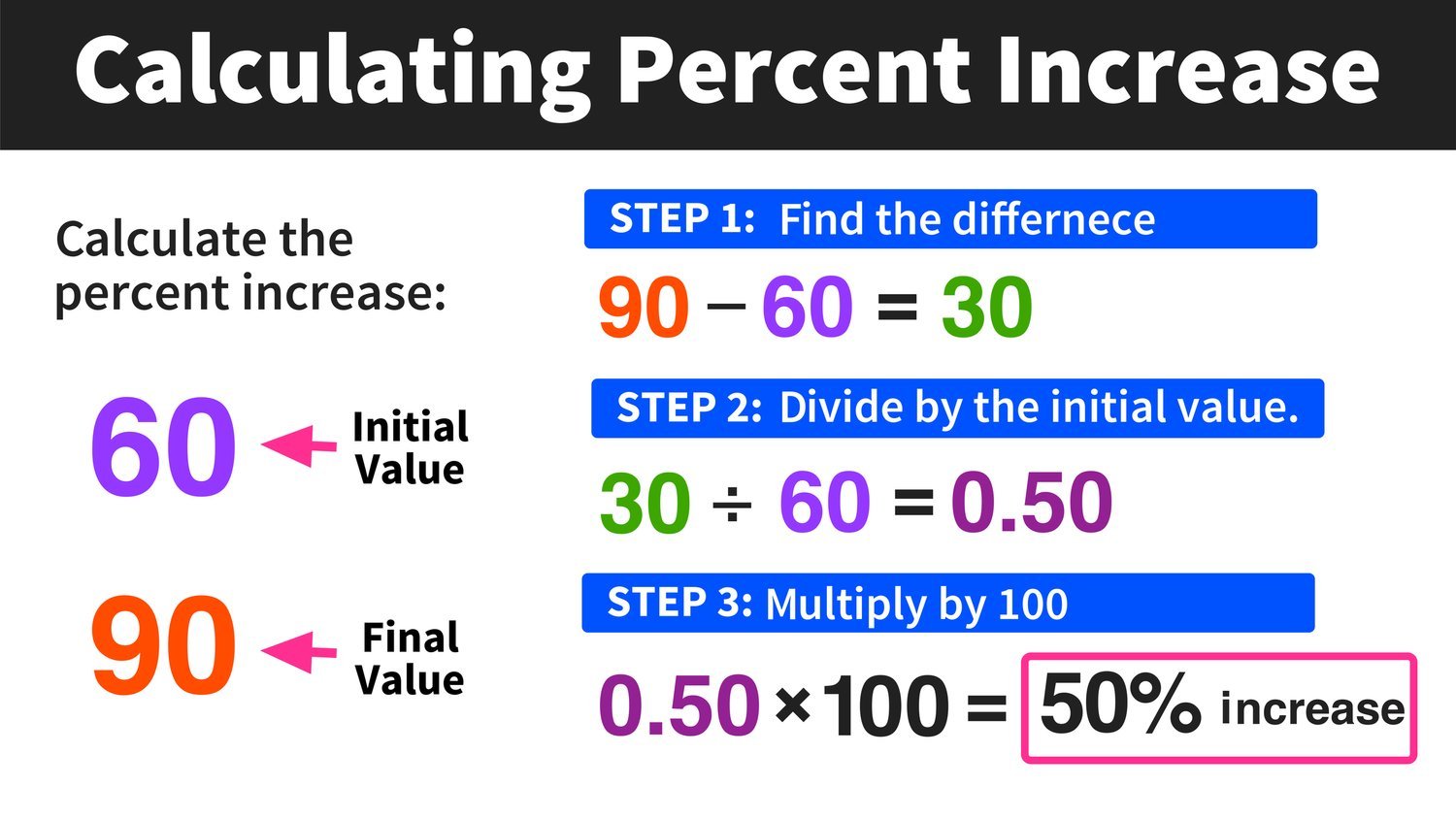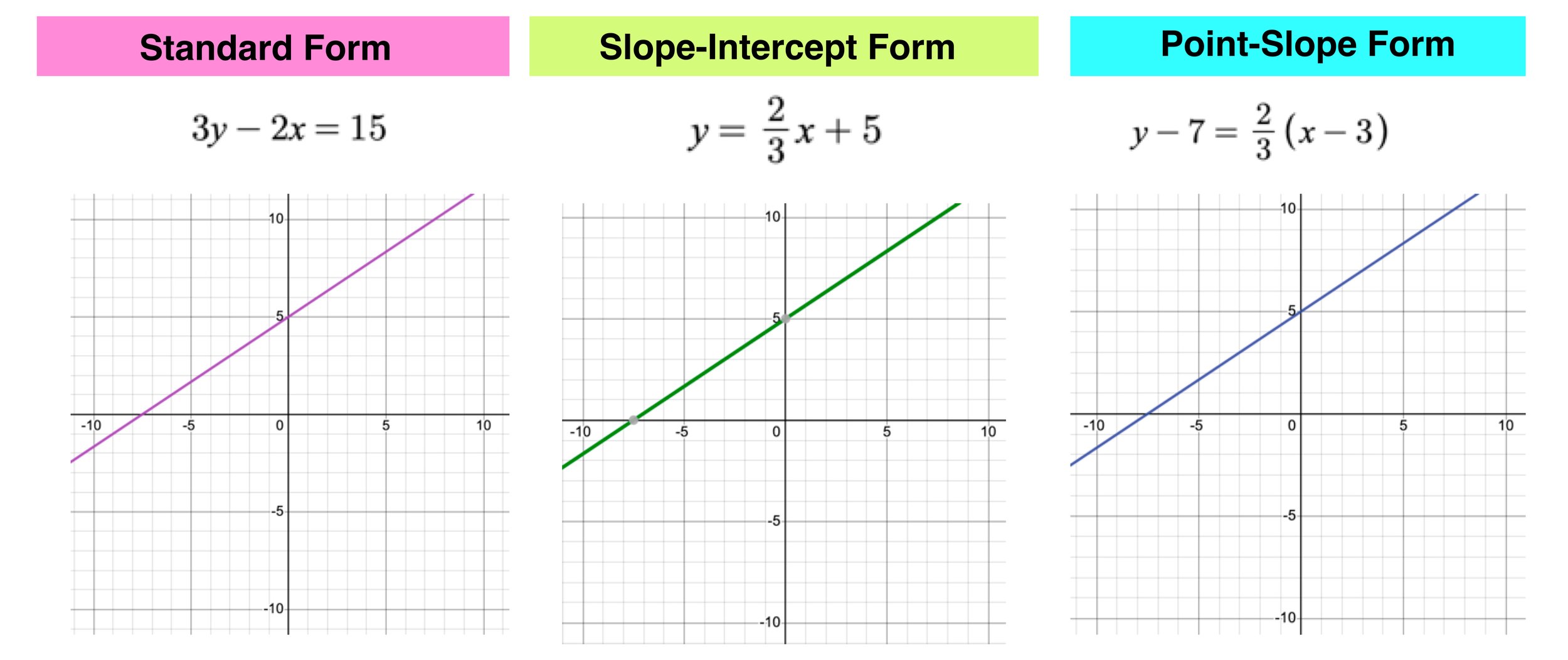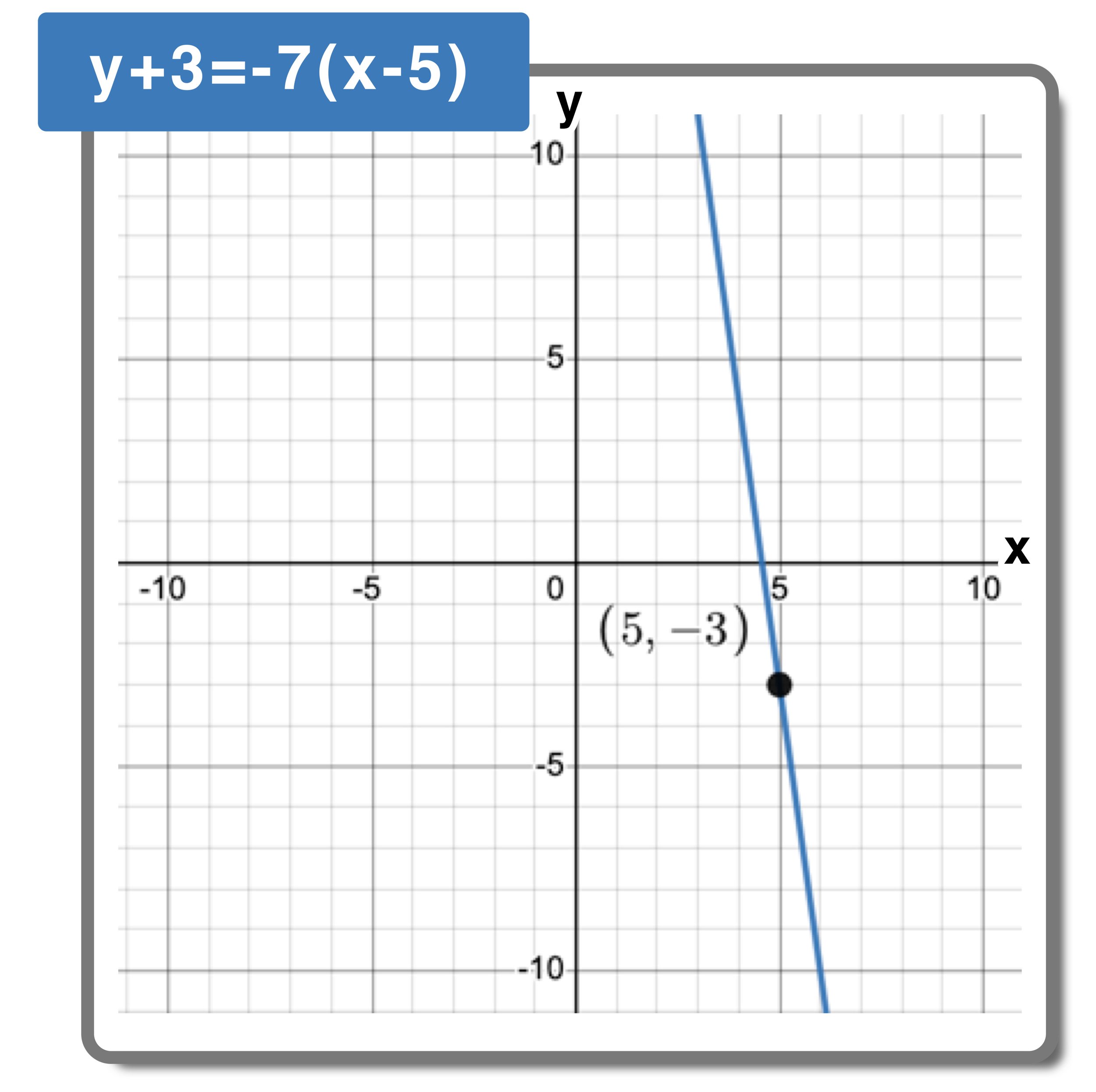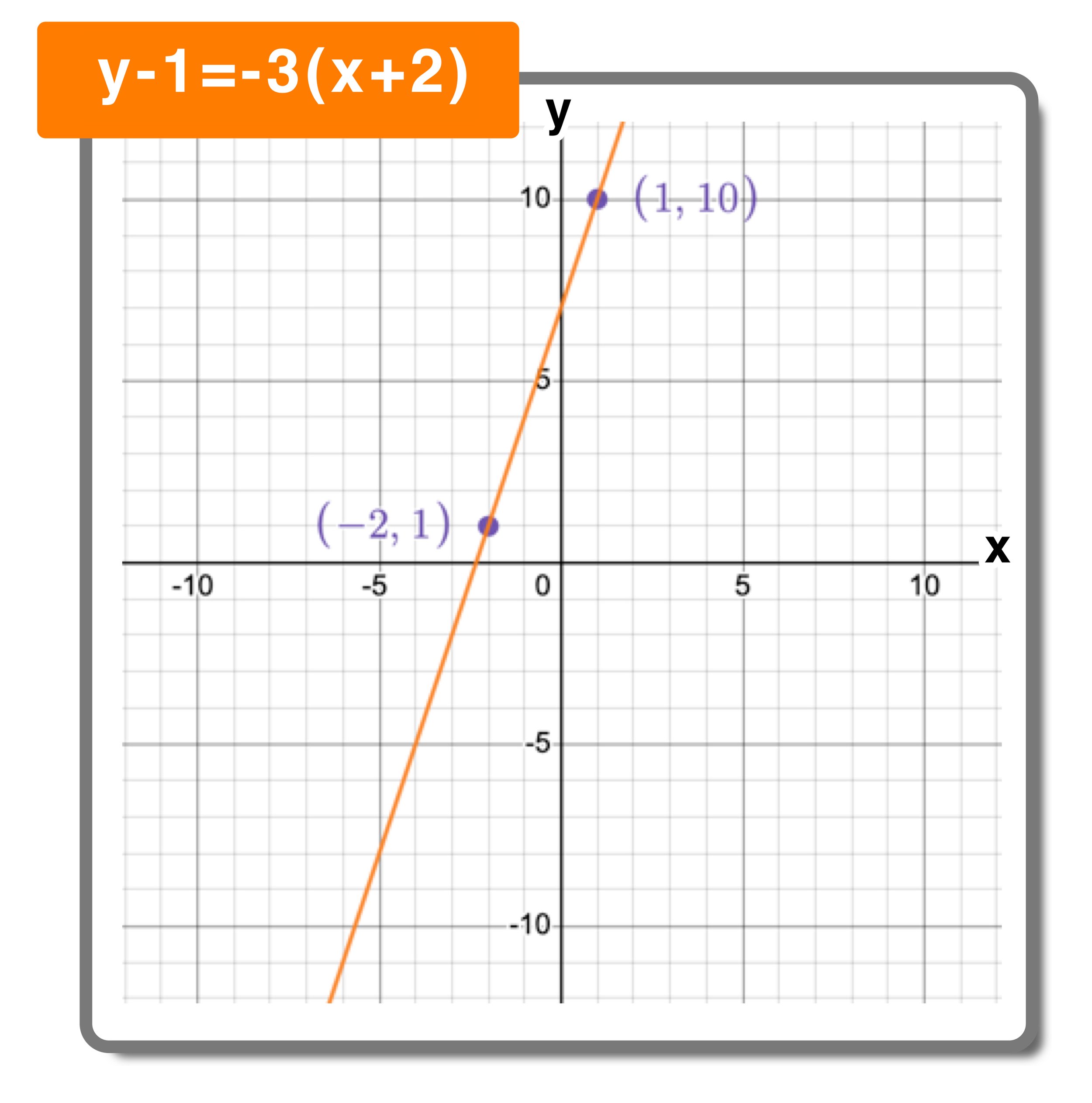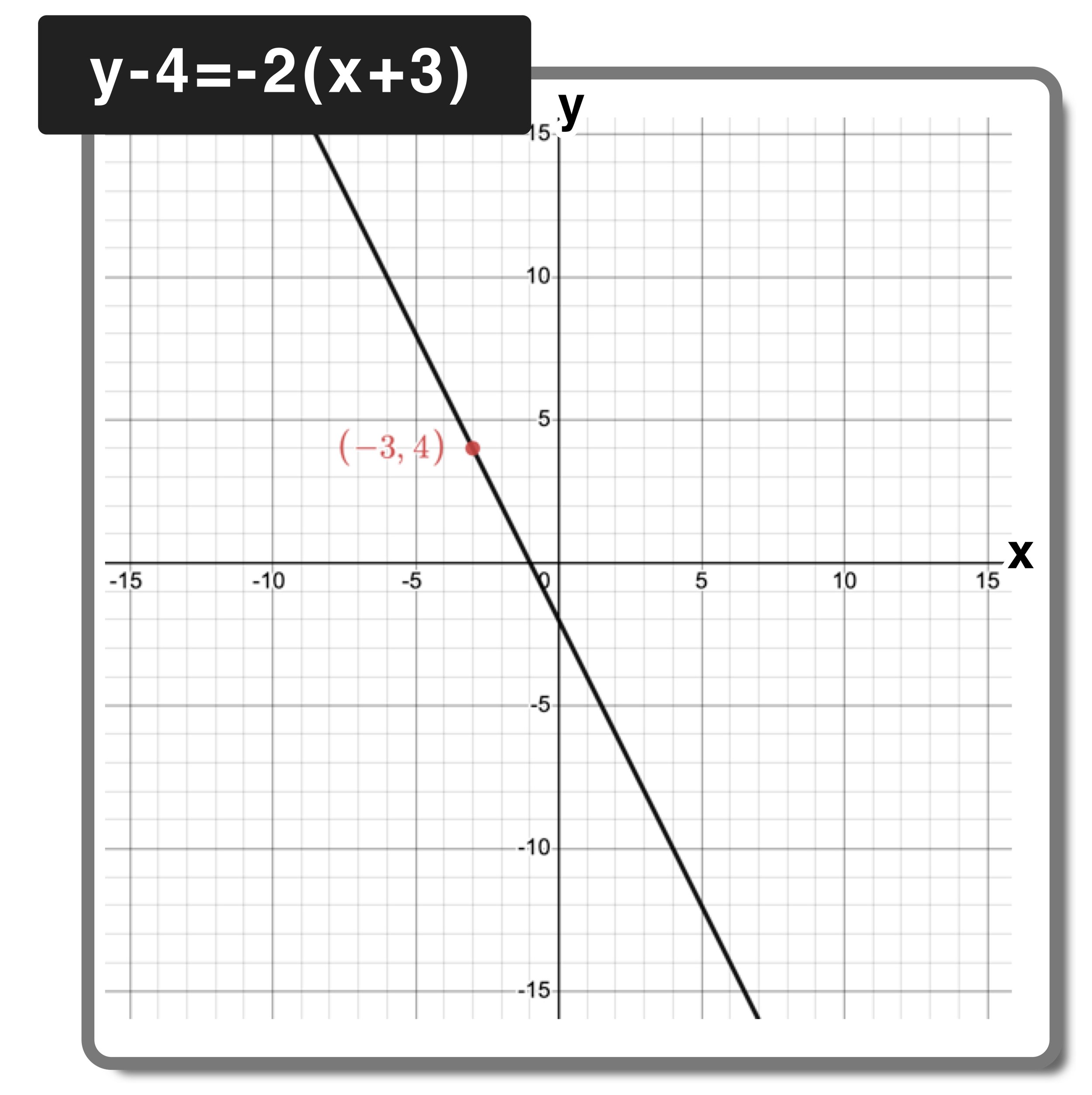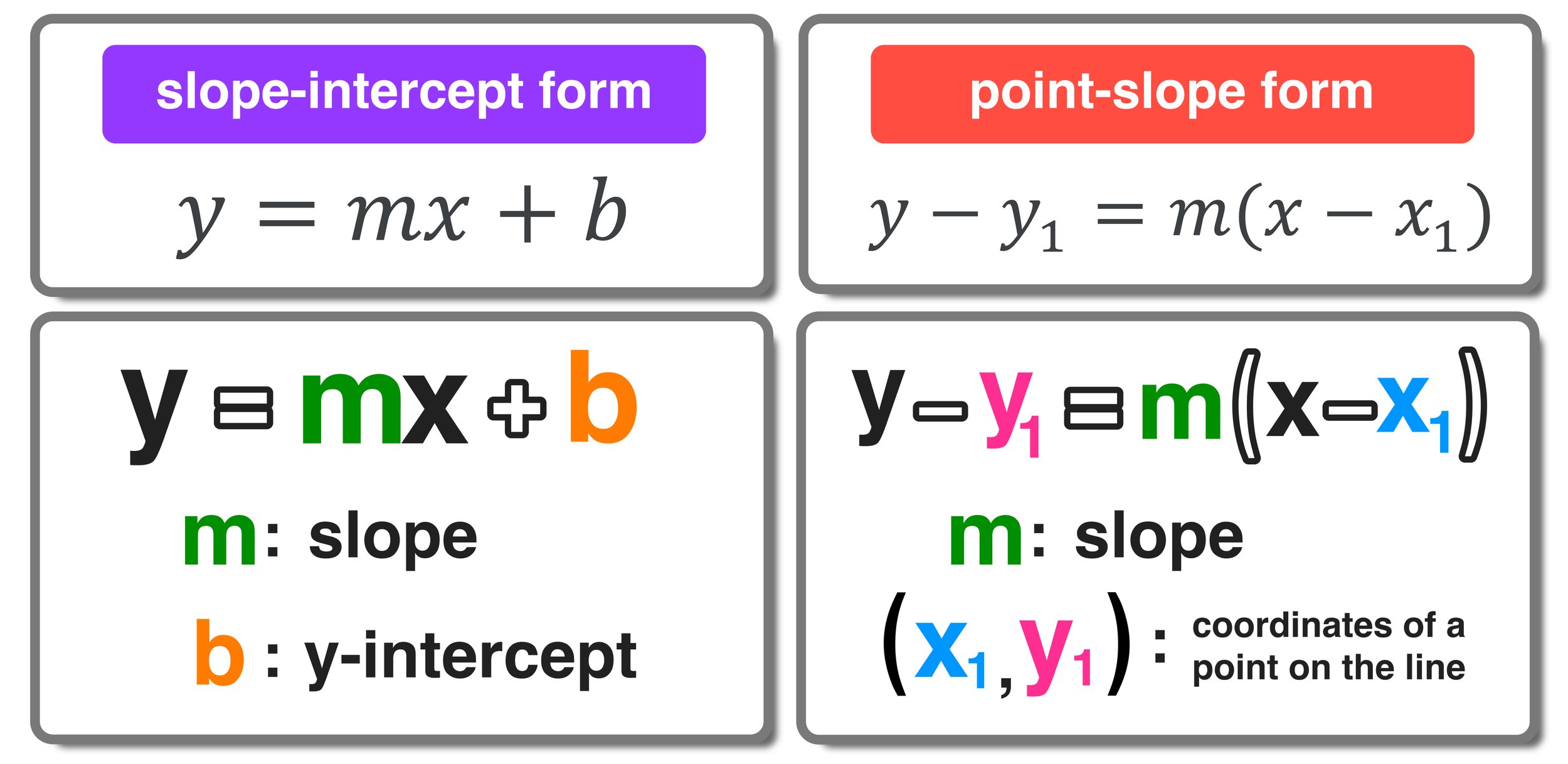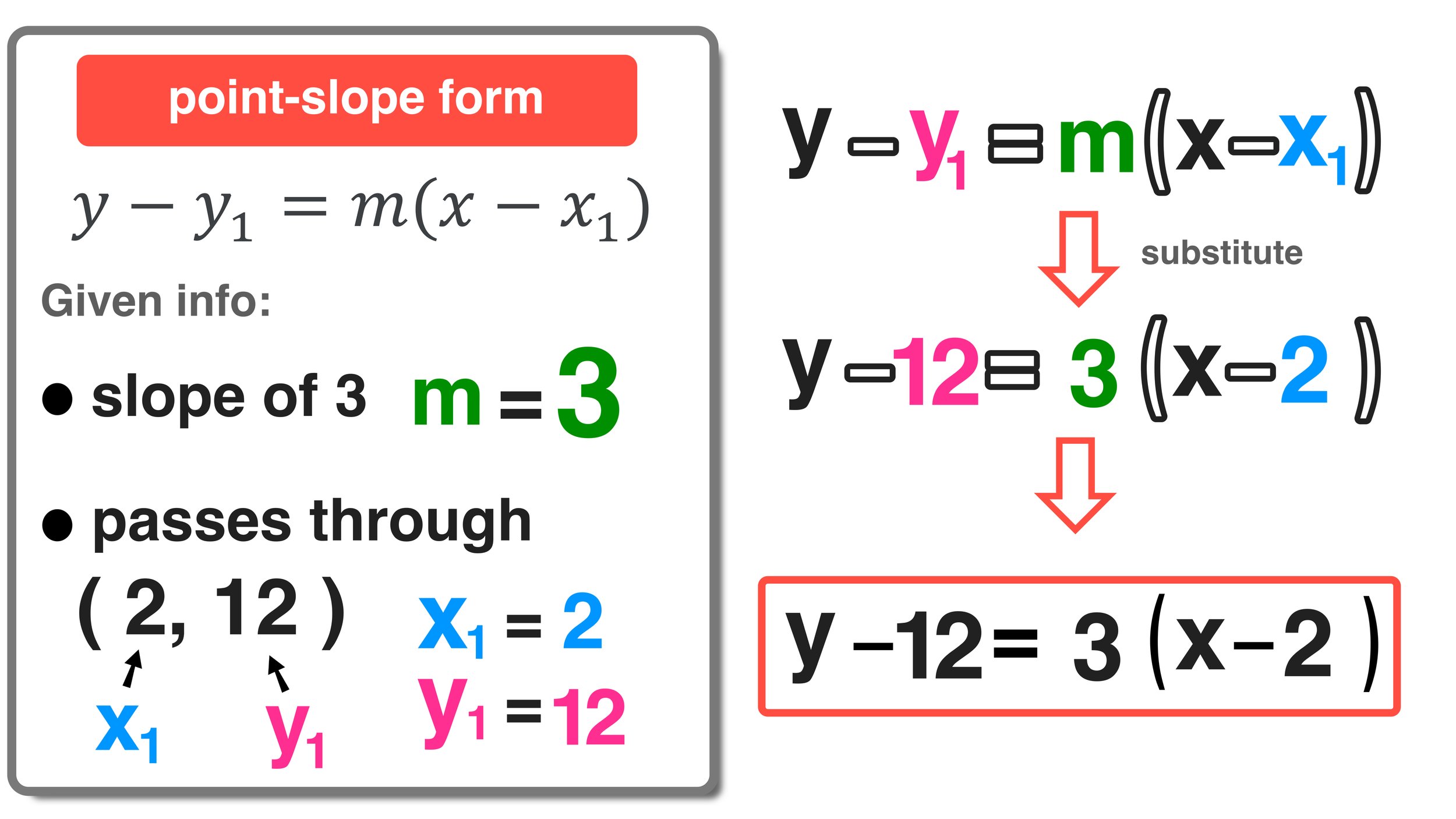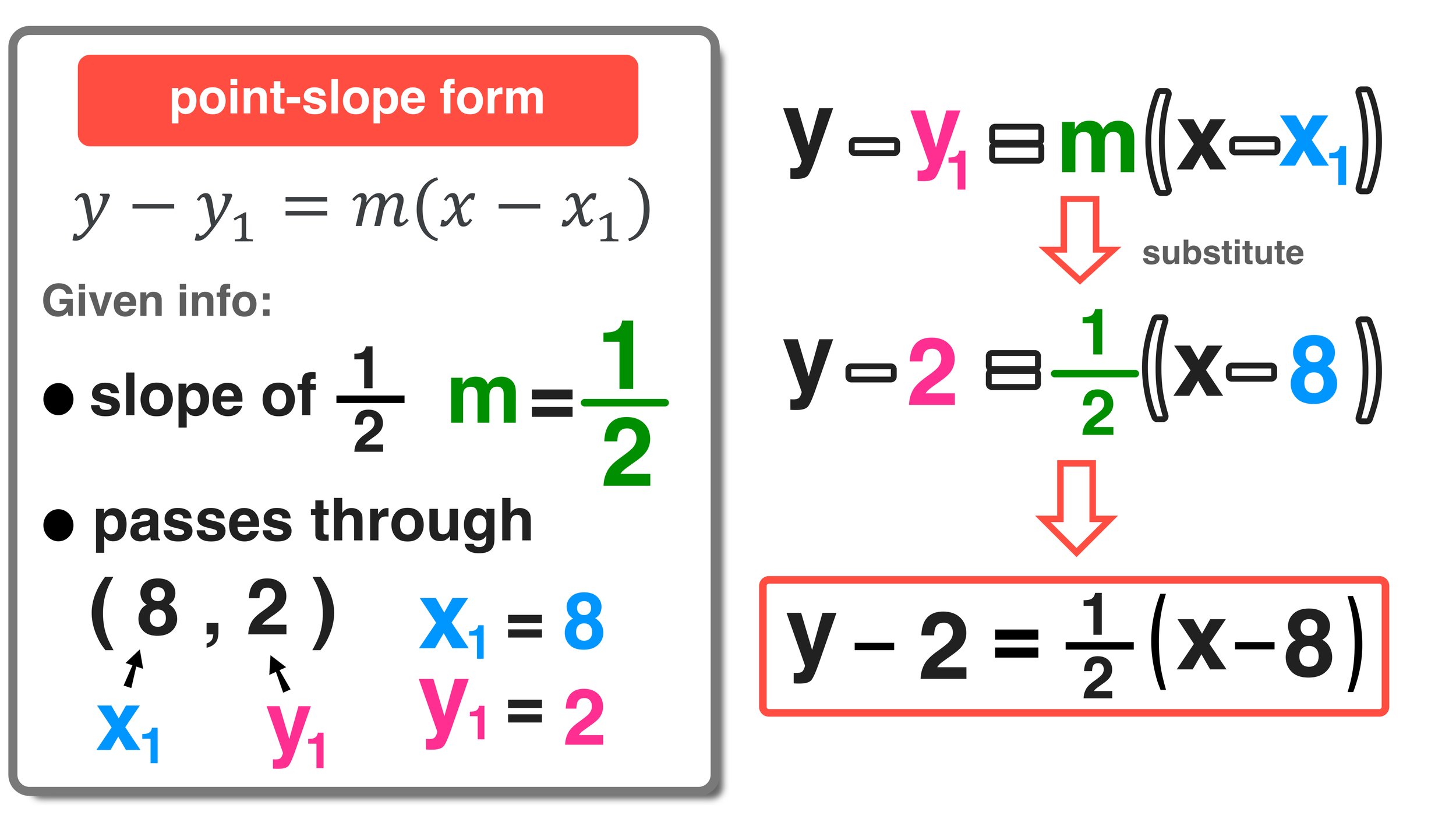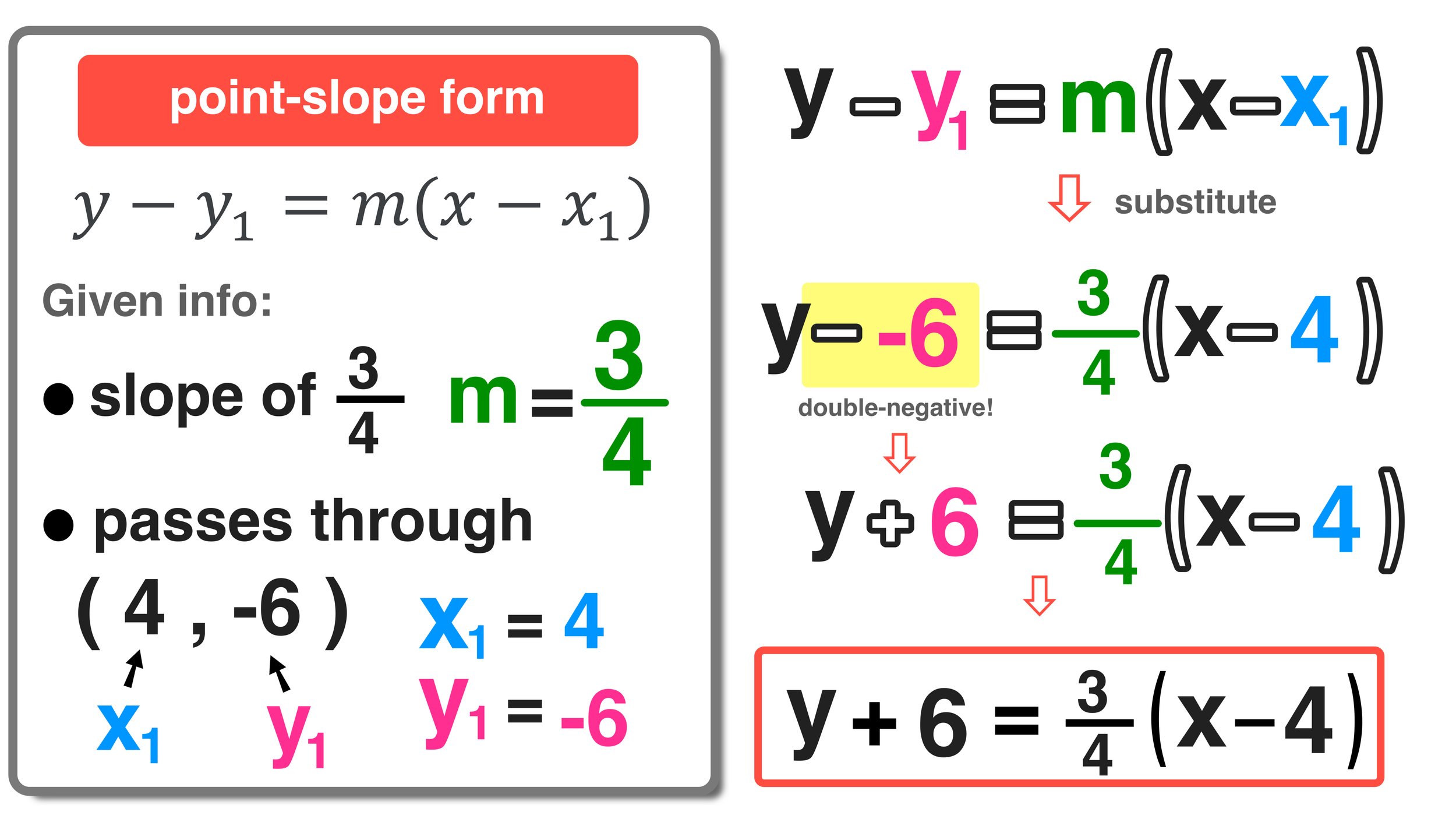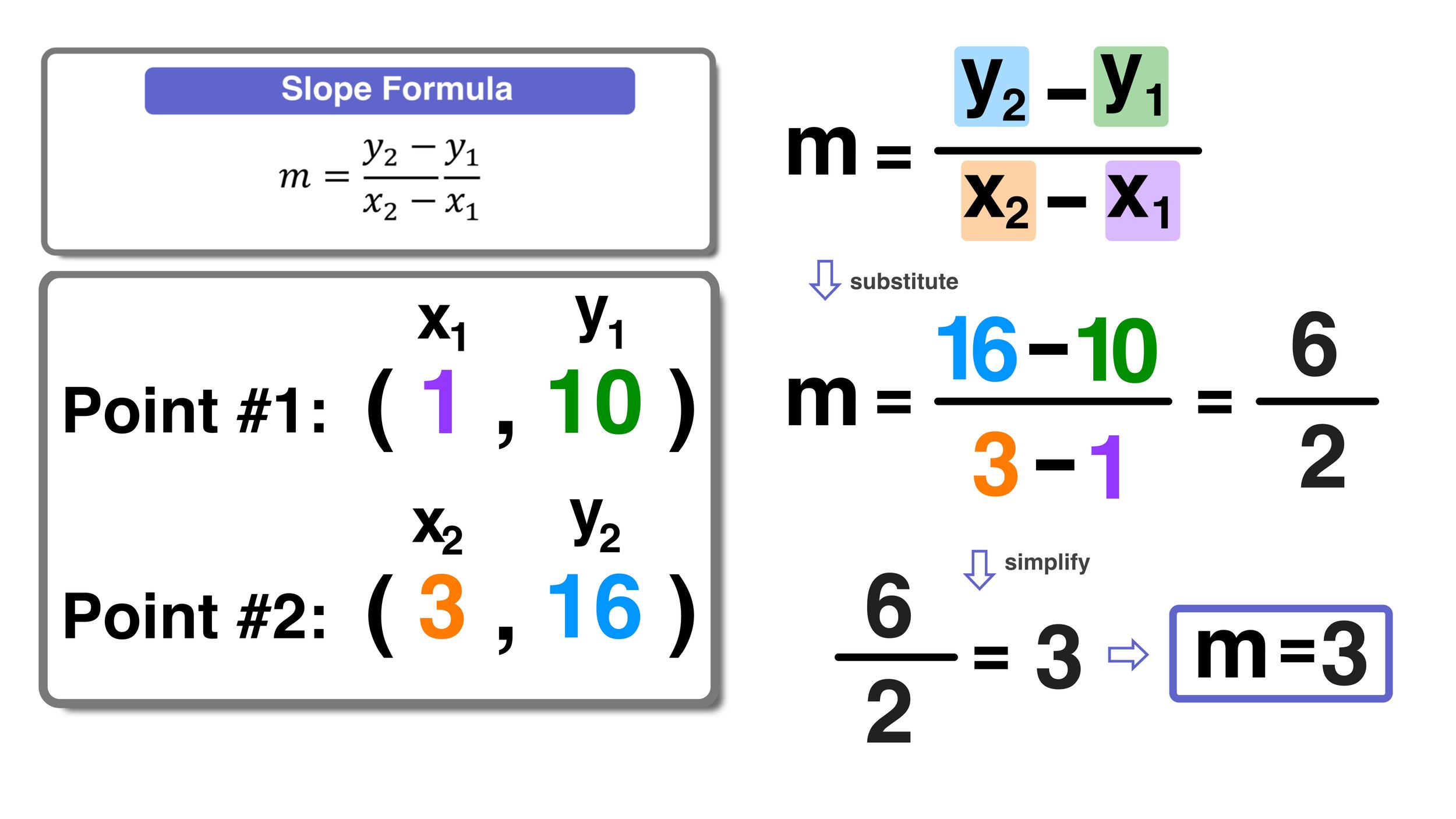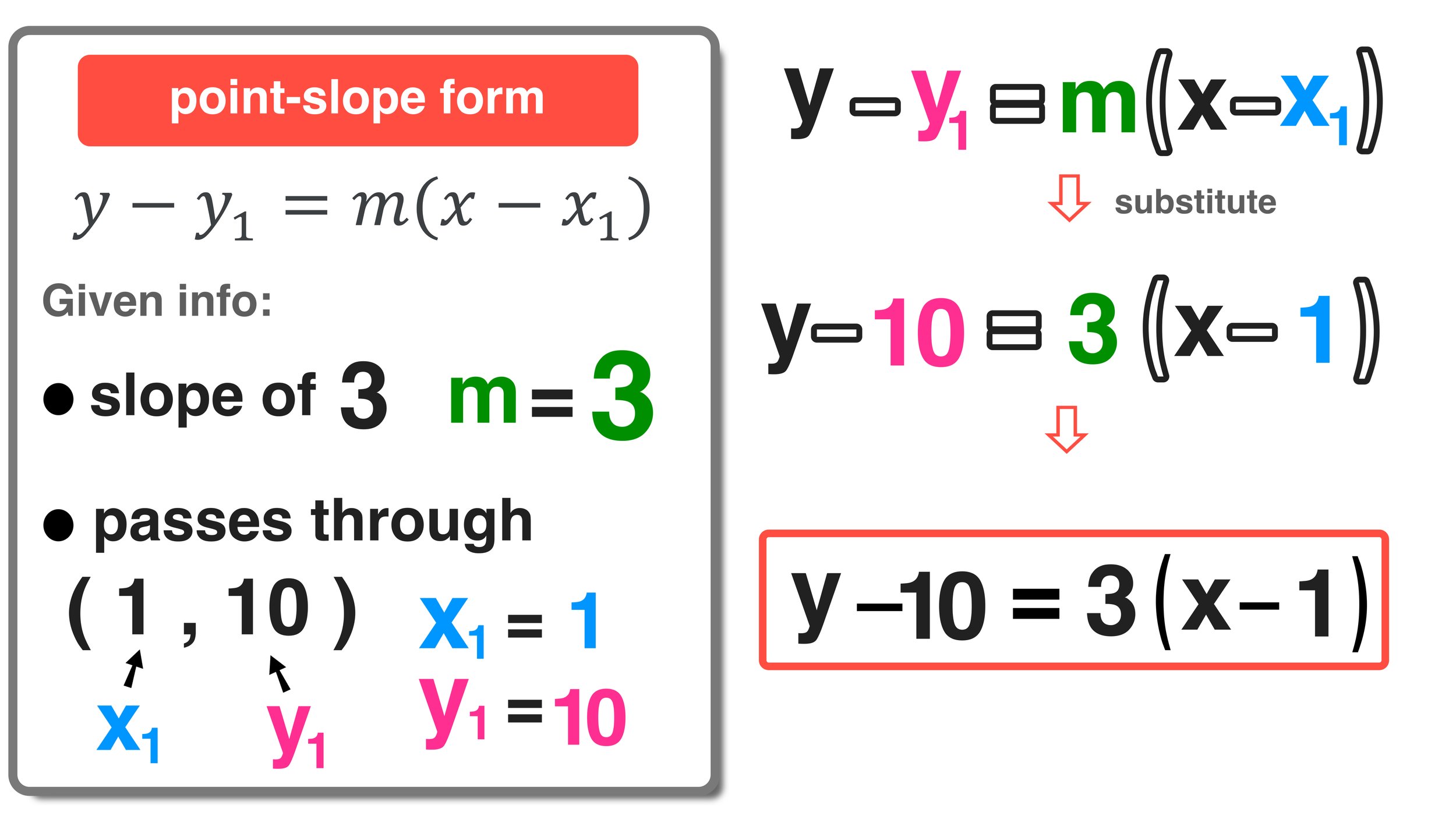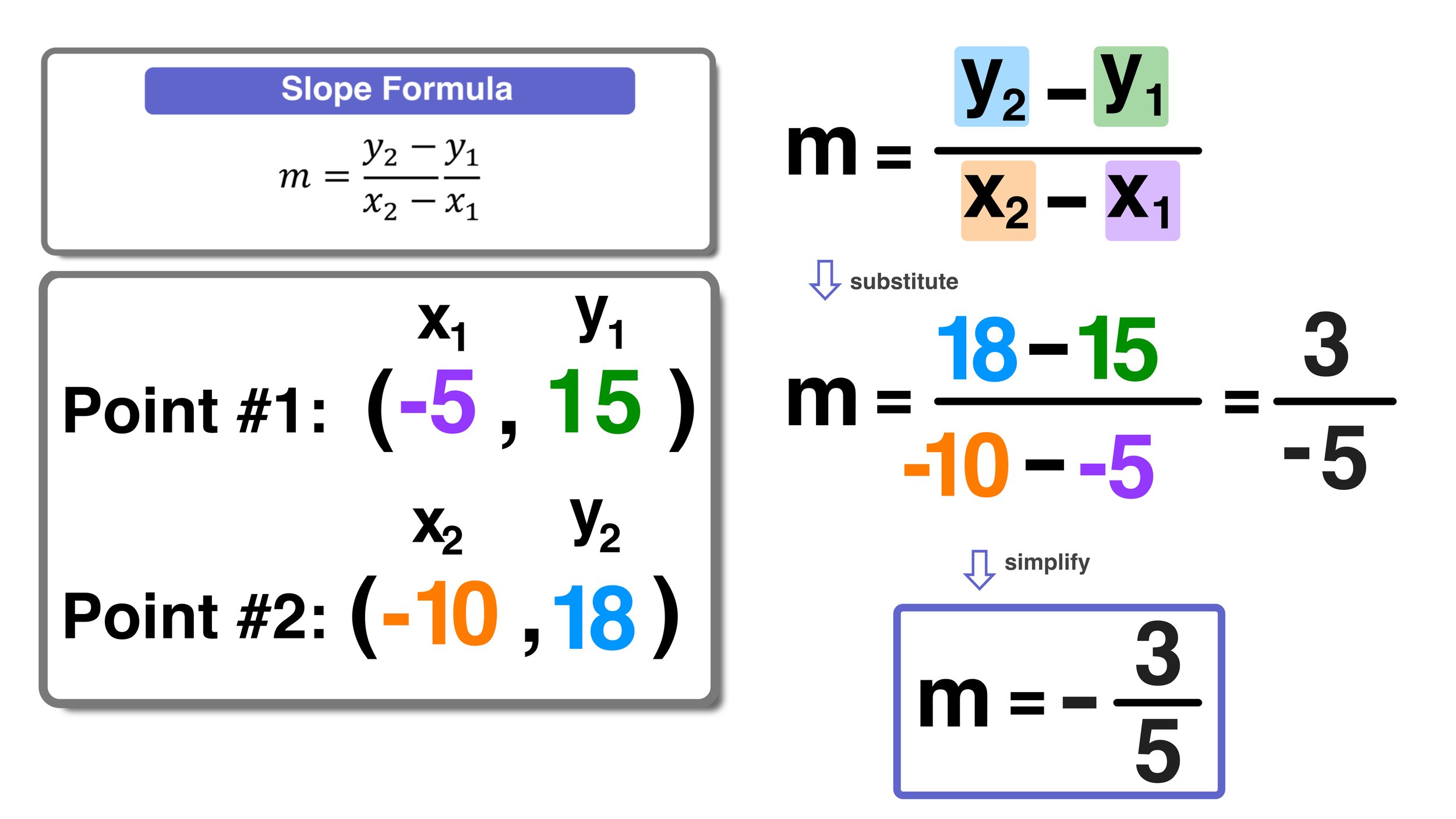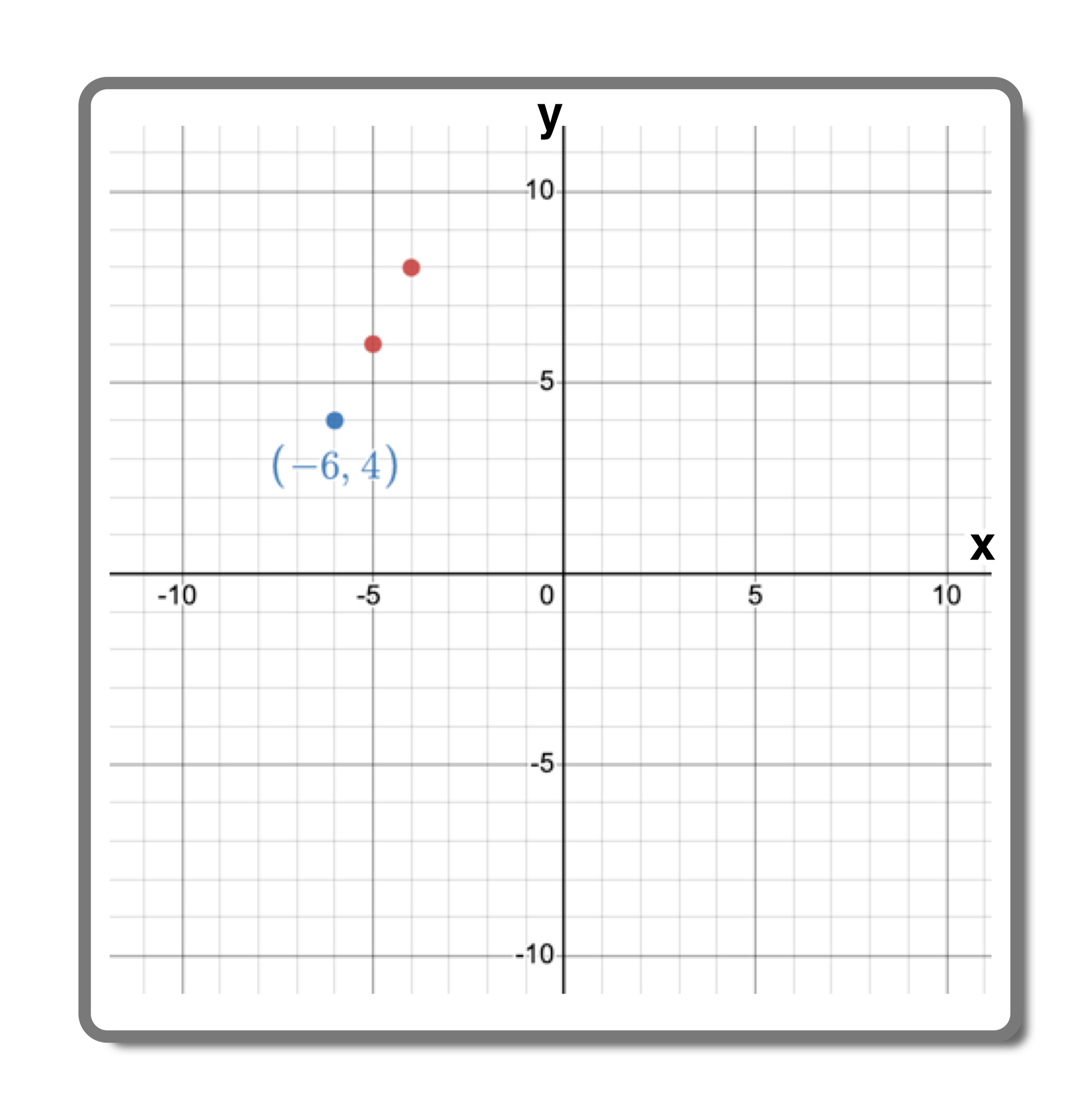Everything you need to know about the natural log rules.
The Natural Log Rules Explained
In math, log rules (also known as logarithm rules) are a set of rules or laws that you can use whenever you have to simplify a math expression containing logarithms. Basically, log rules are a useful tool that, when used correctly, make logarithms and logarithmic equations simpler and easier to work with when solving problems.
Once you become more familiar with the log rules and how to use the, you will be able to apply them to a variety of math problems involving logarithms. In fact, understanding and remembering the log rules is essentially a requirement when it comes to working with logarithmic expressions, so understanding these rules is essential for any student who is currently learning about logarithms.
The following free guide to the Log Rules shares and explains the rules of logs (including exponent log rules), what they represent, and, most importantly, how you can use them to simplify a given logarithmic expression.
You have the option of clicking on any of the text links below to jump to any one section of this log rules guide, or you can work through each section in order—the choice is up to you!
When you reach the end of this free guide on the rules of logs, you will have gained a solid understanding of the natural log rules and how to apply them to solving complex math problems. Let’s get started!
Figure 01: What is the relationship between the logarithmic function and the exponential function?
Quick Review: Logarithms
While this first section is optional, we recommend that you start off with a quick recap of some key math concepts and vocabulary terms related to logs.
The first important thing to understand is that logarithmic functions and exponential functions go hand-in-hand, as they are considered inverses of each other. So, make sure that you have a strong understanding of the laws of exponents before moving forward.
Since the logarithmic function is an inverse of the exponential function, we can say that:
aˣ = M → logₐM = x
logₐM = x → aˣ = M
The log of any value, M, can be expressed in exponential form as the exponent to which the base value of the logarithm must be raised to in order to equal M.
Understanding this inverse relationship between the logarithmic function and the exponential function will help you to better understand the log rules described in the following sections of this guide.
Learning natural log rules shared in the next section will help you to break down complex log expressions into simpler terms, which is a critical skill when it comes to learning how to successfully work with logs, how to model situations using logs, and how to solve a variety of math problems that involve logs.
What are the Log Rules?
The natural log rules are set of laws that you can use to simplify, expand, or solve logarithmic functions and equations.
The chart in Figure 02 below illustrates all of the log rules. Simply click the blue text link below the chart to download it as a printable PDF, which you can use as a study tool and a reference guide.
The section that follows the log rules chart will share an in-depth explanation of each of the log rules along with examples.
Figure 02: The Natural Log Rules and the Change of Base Formula
Each of the following log rules apply provided that:
a≠1 and a>0, b≠1 and b>0, a=b, and M, N, and x are real numbers where M>0 and N>0
Log Rules: The Product Rule
The first of the natural log rules that we will cover in this guide is the product rule:
logₐ(MN) = logₐM + logₐN
Figure 03: The product rule of logarithms.
The product rule states that the logarithm a product equals the sum of the logarithms of the factors that make up the product.
For example, we could use the product rule to expand log₃(xy) as follows:
log₃(xy) = log₃x + log₃y
Pretty straightforward, right? The product rule of logarithms is a simple tool that will allow you to expand logarithmic expressions and equations, which often makes them easier to work with.
Log Rules: The Quotient Rule
The second of the natural log rules that we will cover in this guide is called the quotient rule, which states that:
logₐ(M/N) = logₐM - logₐN; or
logₐ(M➗N) = logₐM - logₐN
Figure 04: Natural Log Rules: The Quotient Rule
The quotient rule of logs says that the logarithm a quotient equals the difference of the logarithms that are being divided (i.e. it equals the logarithm of the numerator value minus the logarithm of the denominator value).
For example, we could use the quotient rule to expand log₇(x/y) as follows:
log₇(x/y) = log₇x - log₇y
Notice that the product rule and the quotient rule of logarithms are very similar to the corresponding laws of exponents, which should make sense because the logarithmic function and the exponential function are inverses of each other.
Log Rules: The Power Rule
The next natural log rule is called the power rule, which states that:
logₐ(Mˣ) = x ⋅ logₐM
Figure 05: Log Rules: The Power Rule
The power rule of logarithms says that the log of a number raised to an exponent is equal to the product of the exponent value and the logarithm of the base value.
For example, we could use the power rule to rewrite log₄(k⁸) as follows:
log₄(k⁸) = 8 ⋅ log₄k
The power rule of logarithms is extremely useful and it often comes in handy when you are dealing with the logarithms of exponential values, so make sure that you understand it well before moving forward.
Log Rules: The Zero Rule
Moving on, the next log rule on our list is the zero rule, which states that:
logₐ(1) = 0
Figure 06: Log Rules: The Zero Rule
Simply put, the zero rule of logs states that the log of 1 will always equal zero as long as the base value is positive and not equal to one.
For example, we could use the zero rule to rewrite log₂(1) as follows:
log₂(1) = 0
This simple rule can be very useful whenever you are trying to simplify a complex logarithmic expression or equation. The ability to zero out or cancel out a term can make things much simpler and easier to work with.
Log Rules: The Identity Rule
The fifth log rule on our list is called the identity rule, which states that:
logₐ(a) = 1
Figure 07: Natural Log Rules: The Identity Rule
The identity rule says that whenever you take the logarithm of a value that is equal to its base value, then the result will always equal 1 provided that the base value is greater than zero and not equal to one.
For example, we could use the identity rule to rewrite log₈(8) as follows:
log₈(8) = 1
Similarly, we could also use the identity rule to rewrite logₓ(x) as follows:
logₓ(x) = 1
Just like the zero rule, the identity rule is useful as it can sometimes help you with simplifying complex log expressions and equations.
Log Rules: The Inverse Property of Logs
The next log rule that we will cover in this guide is called the inverse property of logarithms rule, which states that:
logₐ(aˣ) = x
Figure 08: The inverse property of logs rule.
The inverse property of logs rule states that the log of a number raised to an exponent with a base value that is equal to the base value of the logarithm is equal to the value of the exponent.
For example, we could use the inverse property of logs rule to rewrite log₃(3ᵏ) as follows:
log₃(3ᵏ) = k
Again, this is another useful tool that you can use to simplify complicated log expressions and equations.
Log Rules: The Inverse Property of Exponents
The seventh log rule that we will cover is the inverse property of exponents rule, which states that:
a^(logₐ(x)) = x
Figure 09: Log Rule #7: The Inverse Property of Exponents
The inverse property of exponents log rule states whenever a base number with an exponent that is a logarithm equal to that base number, the result will equal the number in parenthesis.
For example, we could use the inverse property of exponents log rule to rewrite x^(logₓ(y²)) as follows:
x^(logₓ(y²)) = y²
Log Rules: The Change of Base Formula
The eighth and final log rule is the change of base formula, which states that:
logₐ(x) = (log꜀(x)) / (log꜀(a))
Figure 10: Log Rule: The Change of Base Formula
Conclusion: Natural Log Rules
In algebra, you will eventually have to learn how to simplify, expand, and generally work with logarithmic expressions and equations. The logarithm function is the inverse of the exponential function, and the corresponding log rules are similar to the exponent rules (i.e. they are a collection of laws that will help you to make complex log expressions and equations easier to work with). By studying and learning how to the natural log rules, you will be better able to understand logarithms and to solve difficult math problems involving logarithms. Feel free to bookmark this guide and return whenever you need a review of the rules of logs.















